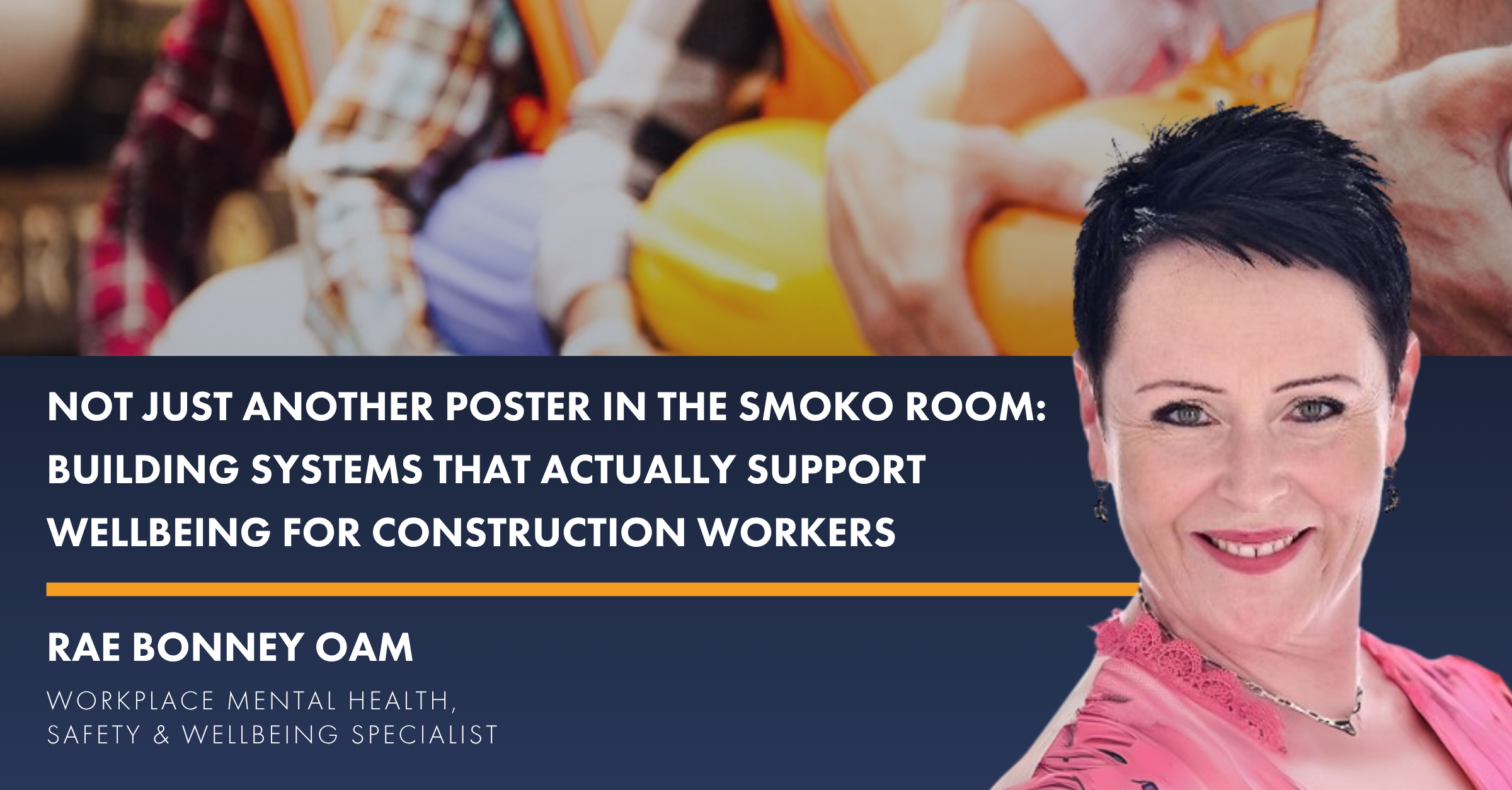What’s been described as a “bright pearl” located in China’s Pearl River Delta, the Shenzhen World Exhibition & Convention Centre will have a total floor area of 1.58 million square metres and will host many local and international events. Once completed, it will hold the title as the world’s largest convention & exhibition centre. But with tough schedules, heavy workload, high standards and high pressure, a mammoth task like this requires the best people, leadership…and technology.
Glodon, a digital building platform service provider, implemented several technologies during the construction stage of Shenzhen World, including BIM 5D, Internet of Things (IoT), Smart Site and Gwork platforms.
At its peak, there were nearly 20,000 people working on site. Therefore, the project needed to execute a robust labour identification system. Using Access Control Systems (which were setup in the office, living and construction areas) enabled managers to check on the smart site platform, in real time, ensuring entry into the site prevented non-compliant personnel. The system also enabled project leaders to know the working status of subcontracting teams at any time.
In addition, through data analysis, the system automatically warns about situations such as overtime employment and dangerous operations, to avoid fatigue and improve the safety of workers and the project.
The 7 construction areas are organised in parallel, with more than 3.6 million cubic metres of sludge earthwork, 240,000 tons of steel structures, 400 sets of large machines and tools and with more than 15,000 tons of materials mobilised and transferred daily. With the use of IoT technologies, automatically collecting accurate data of on-site materials entering and leaving the site was a must. Controlling the on-site situation and identify risks can be accessed through mobile phones.
BIM5D technology was also used to construct Shenzhen World for schedule management. The BIM5D platform can push tasks to the mobile terminal of construction workers to complete. Due to the large size of the project, establishing a mobile task tracking system was needed to efficiently view all tasks covered by the flow section and check starting and ending times and progress details of each task.
Safety inspection systems were also implemented to prevent risks at the construction site. This included safety administrators taking photos of problem points, describing specific problems, and uploading them to the system which enabled it to be sent to the project leader in real time.
A multi-party collaborative platform facilitated, managed, and unified the many drawings, model files, construction participants and types of materials submitted for approval. The Co-build platform supported the online preview of more than 50 common file formats in the construction industry, all without installing any professional software. These files can also be viewed on desktop or mobile anytime and anywhere. The platform also keeps the model files of each version entirely within the project and all changed versions were traceable.
Based on successful applications of these technologies, the site has enabled a visible, manageable, controllable, and measurable “mega project”. Construction of the site was enhanced and brought to the 21st century. Having implemented a model of advanced applications for a digitalised construction project proved to be appropriate for the Shenzhen World Convention & Exhibition Centre.
Digital Built World Summit
Glodon is a Gold Sponsor at Digital Built World Summit, taking place on 22-23 February 2022. The Digital Built World Summit will bring together senior leaders within industry and Government to discuss the digital transformation of the infrastructure and construction sectors.






